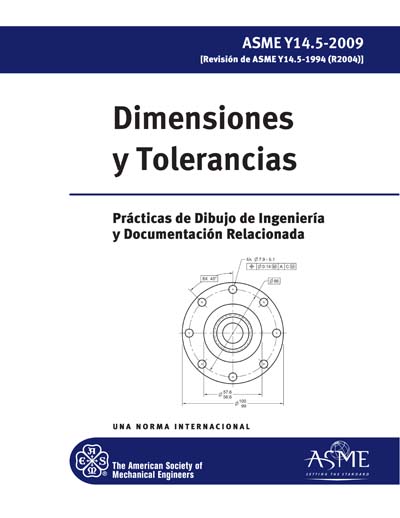
Hence, they are called continuous features. Although these features (holes or planes) are disconnected, they are to be manufactured and inspected together continuously. It is of great importance for SOLIDWORKS MBD to comply with these standards. One case involves coaxial same-sized holes, and the other involves multiple co-planar faces divided by grooves.įigure 1: ASME Continuous feature standards The standards specify two use cases shown in the figures below. For moreĭetails see: NONMANDATORY APPENDIX A PRINCIPAL CHANGES AND IMPROVEMENTS.Recently, some users have been asking about whether SOLIDWORKS MBD complies with the continuous feature requirements for ASME Y14.5-2009 standards. This is not a comprehensive list of changes. Tolerance may be applied to a tangent plane for one or more coplanar featureįaces that are perpendicular to an axis of rotation. Phantom lines to specify unequally disposed profile tolerance as an alternate Paragraph 7.5.ĭisposed profile tolerance may only be indicated with U symbol. Material envelope” and “an unrelated minimum material envelope”. Similarly, “a minimum material envelope” has been changed to “a related minimum Types of True Geometric Counterparts –Įxpanded from “an actual mating envelope” to “a related AME” and “an unrelatedĪME”. Paragraphs 11.10 and 11.11 New or revisedĭatum feature simulator” was replaced with “ true geometric counterpart”. The function of the dynamic profile is toĪllow form to be controlled independent of size. Profile tolerance zone modifier” is new, for use with profile tolerancing. Deletion of the symbols does not leave industry without a means to control coaxial or symmetrical features, but it does eliminate the confusion that surrounds these symbols and their misapplication.”ĭirection in which a tolerance or other requirement applies. “Two past practices, use of concentricity and use of symmetry have been eliminated because other characteristics provide more direct control of features and establish requirements that have a well-defined meaning.

(phew!) Removed symbols:Ĭoncentricity, definition and symbol, has been removed The layout of standard has been revised as well – all sections have been renumbered but the order of information hasn’t changed. Figures have been updated to include model-based application of dimensions and tolerances. An addition of updated figures accounts for this volume increase. The new standard is much thicker than the previous – 328 pages, a whooping increase in size from 214. ASME has just released Y14.5-2018 Dimensioning and Tolerancing Standard.īelow is a highlight of handful of changes at first glance.


 0 kommentar(er)
0 kommentar(er)
